OTC Medicine for Shingles: Effective Home Treatments and Relief Options
What are the best over-the-counter medications for treating shingles. How can you manage shingles symptoms at home. Which OTC pain relievers are most effective for shingles. What topical treatments provide relief from shingles rash and pain.
Understanding Shingles: Causes, Symptoms, and Complications
Shingles, medically known as herpes zoster, is a viral infection caused by the reactivation of the varicella-zoster virus, the same virus responsible for chickenpox. This reactivation typically occurs years or even decades after an individual has recovered from chickenpox, as the virus lies dormant in nerve tissue near the spinal cord and brain.
The primary symptom of shingles is a painful, blistering rash that usually appears on one side of the body or face. This rash often follows the path of a nerve, creating a distinctive band-like pattern. Other common symptoms include:
- Burning, tingling, or itching sensation before the rash appears
- Fever and chills
- Headache
- Fatigue
- Sensitivity to touch
While shingles itself is not life-threatening, it can lead to complications if left untreated. One of the most common and debilitating complications is postherpetic neuralgia (PHN), a condition characterized by persistent pain even after the rash has healed.

Over-the-Counter Pain Relief Options for Shingles
Managing the pain associated with shingles is crucial for patient comfort and recovery. Several over-the-counter (OTC) pain relief options are available:
Acetaminophen (Tylenol)
Acetaminophen is an effective pain reliever that can help manage mild to moderate shingles pain. It works by blocking pain signals in the brain.
- Dosage: Typically 325-650 mg every 4-6 hours, not exceeding 4000 mg per day
- Benefits: Reduces pain and fever without causing stomach irritation
- Precautions: Avoid alcohol consumption and be cautious if you have liver problems
Nonsteroidal Anti-Inflammatory Drugs (NSAIDs)
NSAIDs such as ibuprofen (Advil, Motrin) and naproxen (Aleve) can help reduce both pain and inflammation associated with shingles.
- Ibuprofen dosage: 200-400 mg every 4-6 hours, not exceeding 1200 mg per day
- Naproxen dosage: 220-440 mg every 8-12 hours, not exceeding 660 mg per day
- Benefits: Reduces pain, inflammation, and fever
- Precautions: May cause stomach irritation; use with caution if you have a history of ulcers or bleeding disorders
Are OTC pain relievers enough to manage shingles pain? While these medications can provide significant relief, severe cases may require prescription pain medications or antiviral drugs. Always consult with a healthcare provider for personalized treatment recommendations.

Topical Treatments for Shingles Rash and Pain
In addition to oral pain relievers, topical treatments can provide localized relief for shingles symptoms:
Calamine Lotion
Calamine lotion can help soothe the skin and reduce itching associated with the shingles rash.
- Application: Apply a thin layer to affected areas 2-3 times daily
- Benefits: Relieves itching and dries oozing blisters
- Precautions: Avoid applying to broken skin or open blisters
Lidocaine Patches or Creams
Lidocaine is a topical anesthetic that can provide temporary pain relief for shingles.
- Application: Follow product instructions, typically applying to affected areas up to 3 times daily
- Benefits: Numbs the skin, reducing pain and discomfort
- Precautions: Do not apply to large areas of skin or use for extended periods without medical supervision
Capsaicin Cream
Derived from chili peppers, capsaicin cream can help relieve nerve pain associated with shingles.
- Application: Apply a thin layer to affected areas 3-4 times daily
- Benefits: May reduce pain by desensitizing nerve endings
- Precautions: Can cause a burning sensation upon application; avoid contact with eyes and mucous membranes
Which topical treatment is most effective for shingles? The effectiveness of these treatments can vary from person to person. It may be beneficial to try different options or combine treatments under the guidance of a healthcare provider to find the most effective relief.

Natural Remedies and Home Care for Shingles
While OTC medications play a crucial role in managing shingles symptoms, several natural remedies and home care techniques can complement medical treatment:
Cool Compresses
Applying cool, wet compresses to the affected areas can help soothe the skin and reduce pain.
- Method: Soak a clean cloth in cool water and apply to the rash for 15-20 minutes at a time
- Benefits: Reduces inflammation and provides temporary pain relief
- Frequency: Repeat several times a day as needed
Oatmeal Baths
Colloidal oatmeal baths can help relieve itching and soothe irritated skin.
- Method: Add colloidal oatmeal to lukewarm bathwater and soak for 15-20 minutes
- Benefits: Reduces itching and inflammation
- Frequency: Once or twice daily, or as needed for symptom relief
Dietary Adjustments
Certain foods may help boost the immune system and promote healing during a shingles outbreak:
- Foods rich in lysine (e.g., fish, chicken, eggs)
- Vitamin C-rich fruits and vegetables
- Foods high in B-complex vitamins
- Foods containing omega-3 fatty acids
Can dietary changes alone treat shingles? While a healthy diet can support overall immune function and healing, it should not be considered a substitute for medical treatment. Always consult with a healthcare provider for comprehensive shingles management.

Preventing Shingles Transmission and Complications
While managing symptoms is crucial, preventing the spread of shingles and avoiding complications is equally important:
Vaccination
The shingles vaccine (Shingrix) is recommended for adults 50 years and older to prevent shingles or reduce its severity if it occurs.
- Effectiveness: Over 90% effective in preventing shingles in adults 50 and older
- Dosage: Two doses, given 2 to 6 months apart
- Side effects: May include pain at the injection site, fatigue, and muscle pain
Hygiene Measures
Proper hygiene can help prevent the spread of the virus to others:
- Keep the rash covered with loose, non-stick bandages
- Avoid touching or scratching the rash
- Wash hands frequently, especially after touching the affected areas
- Avoid contact with individuals who have not had chickenpox, particularly pregnant women and immunocompromised individuals
How long is shingles contagious? The virus can be transmitted from the time the rash appears until all blisters have crusted over, typically 7-10 days. However, individuals with shingles cannot spread the virus before the rash appears or after the rash has crusted.
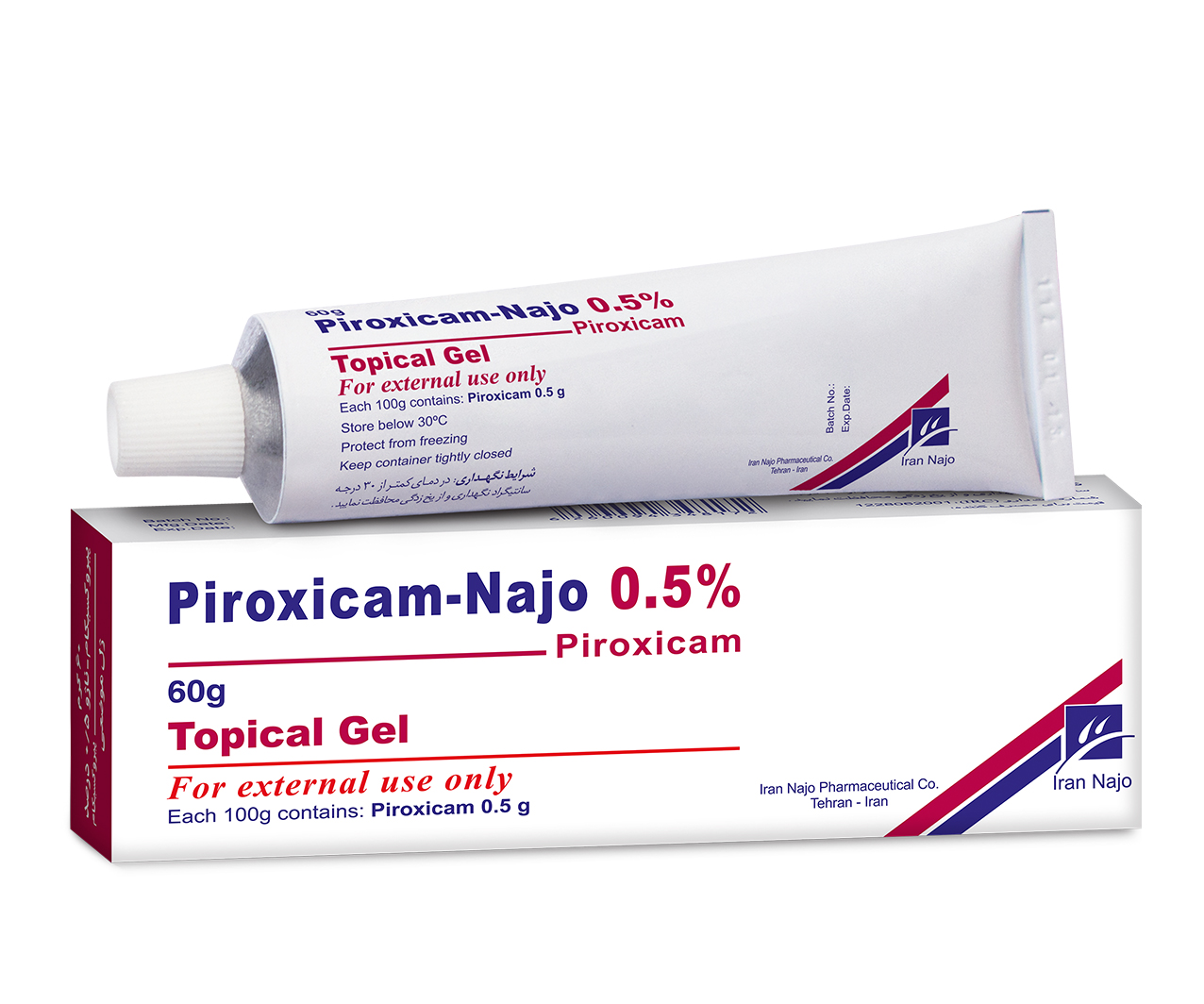
When to Seek Medical Attention for Shingles
While many cases of shingles can be managed with OTC treatments and home care, certain situations require prompt medical attention:
- Severe pain that is not controlled by OTC medications
- Rash near the eyes, as it can lead to vision complications
- Widespread rash or blisters
- Signs of infection, such as fever or increased redness and swelling
- Persistent symptoms beyond 3-4 weeks
- Development of new symptoms or worsening of existing ones
Early medical intervention can help prevent complications and ensure proper treatment, especially for individuals with weakened immune systems or those over 60 years of age who are at higher risk for severe shingles.
Complementary Therapies for Shingles Management
In addition to conventional treatments and OTC medications, several complementary therapies may help manage shingles symptoms:
Acupuncture
This traditional Chinese medicine technique involves inserting thin needles into specific points on the body to alleviate pain and promote healing.

- Potential benefits: May reduce pain and inflammation
- Considerations: Should be performed by a licensed practitioner
- Frequency: Typically multiple sessions over several weeks
Tai Chi
This gentle, low-impact exercise combines slow movements with deep breathing and meditation.
- Potential benefits: May boost immune function and reduce stress
- Considerations: Suitable for most age groups and fitness levels
- Frequency: Regular practice, often 2-3 times per week
Stress Reduction Techniques
Stress management can play a crucial role in supporting overall health and potentially reducing the risk of shingles outbreaks:
- Meditation and mindfulness practices
- Deep breathing exercises
- Progressive muscle relaxation
- Yoga or gentle stretching
Can complementary therapies replace conventional shingles treatment? While these therapies may provide additional support and symptom relief, they should be used in conjunction with, not as a replacement for, standard medical care. Always consult with a healthcare provider before starting any new treatment regimen.
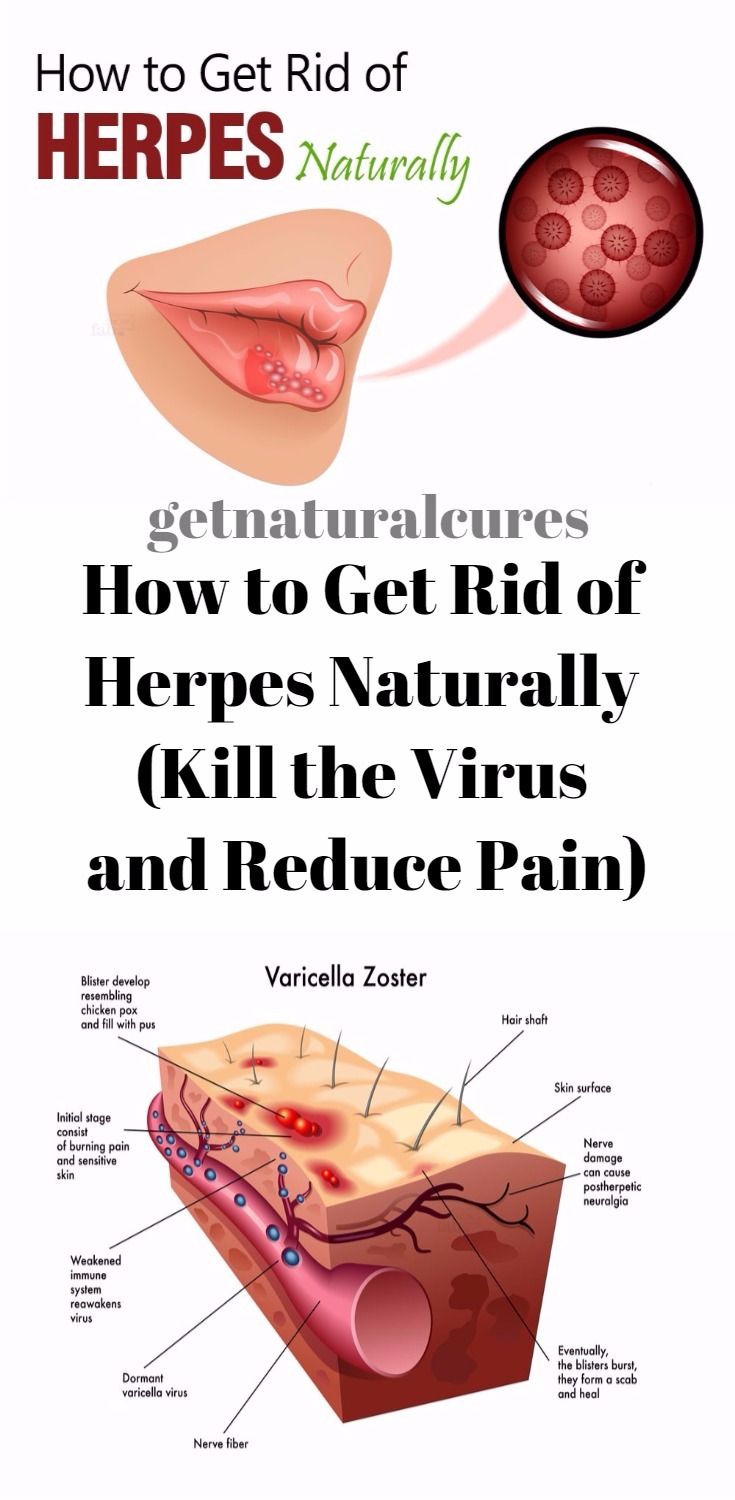
Long-Term Management and Coping with Postherpetic Neuralgia
For some individuals, the pain associated with shingles can persist long after the rash has healed, a condition known as postherpetic neuralgia (PHN). Managing this chronic pain requires a comprehensive approach:
Medications for PHN
Several medications may be prescribed to manage ongoing pain:
- Anticonvulsants (e.g., gabapentin, pregabalin)
- Tricyclic antidepressants (e.g., amitriptyline, nortriptyline)
- Topical patches or creams containing lidocaine or capsaicin
- Opioid pain relievers (in severe cases)
Physical Therapy
Physical therapy techniques can help manage pain and improve function:
- Transcutaneous electrical nerve stimulation (TENS)
- Gentle exercises and stretches
- Hot and cold therapy
Psychological Support
Chronic pain can have significant emotional and psychological impacts. Support may include:
- Cognitive-behavioral therapy
- Support groups for individuals with chronic pain
- Mindfulness-based stress reduction programs
How long does postherpetic neuralgia typically last? The duration of PHN can vary greatly between individuals. For some, the pain may resolve within a few months, while others may experience symptoms for years. Early treatment of shingles and proper pain management can help reduce the risk and severity of PHN.

In conclusion, while shingles can be a painful and challenging condition, a combination of over-the-counter medications, topical treatments, and complementary therapies can help manage symptoms effectively. Early intervention, proper hygiene, and vaccination play crucial roles in preventing complications and reducing the risk of transmission. For those experiencing prolonged pain, comprehensive long-term management strategies can significantly improve quality of life. Always consult with healthcare professionals for personalized advice and treatment plans tailored to individual needs and medical histories.
Treating Shingles With Over-the-Counter Medications
Shingles, or herpes zoster, is a viral infection that presents as a blister-filled rash typically appearing on one side of the body (although it may “wrap” around the torso). The rash associated with shingles is usually extremely painful. Shingles is caused by the varicella-zoster virus which is also responsible for chickenpox. After an individual has chickenpox, the varicella-zoster virus lies dormant in nerve tissue near the spinal cord and brain. The virus can reactivate at any time, even decades later. If it reactivates, it travels along nerve fibers to the skin. This reactivation of the varicella-zoster virus is referred to as shingles.
Although no cure exists for shingles, a prompt medical diagnosis is imperative in order to receive proper treatment. Medications are available that accelerate the healing process, ease pain and reduce inflammation. Early treatment is crucial to avoid complications associated with shingles, so a health care provider should be consulted as soon as possible if shingles is suspected.
The shingles virus causes inflammation and pain in nerve endings. Certain over-the-counter medications can help ease the pain or reduce the inflammation experienced with shingles:
- Acetaminophen is used to treat mild to moderate pain and should be taken only as directed. Various brand-name medications contain acetaminophen. Typically, it is taken orally, every four to six hours or as directed by a physician. Acetaminophen should be taken at the first sign of pain to obtain optimal relief. This medication should not be used to treat pain for more than ten days unless directed by a physician. Extended-release forms of acetaminophen should not be chewed, crushed or split unless a physician or pharmacist is consulted.
- Ibuprofen can relieve pain and reduce inflammation. It blocks natural substances in the body that cause inflammation and swelling. Ibuprofen should be taken as directed and for the shortest time possible to avoid gastrointestinal complications (stomach bleeding).
 This medication is taken orally, typically every four to six hours, with a full glass of water. It can be taken with food if an upset stomach occurs. It may take up to two weeks to receive the full benefit of ibuprofen. If pain worsens or does not improve, a health care professional should be consulted.
This medication is taken orally, typically every four to six hours, with a full glass of water. It can be taken with food if an upset stomach occurs. It may take up to two weeks to receive the full benefit of ibuprofen. If pain worsens or does not improve, a health care professional should be consulted. - Naproxen is used to relieve pain and reduce inflammation. This medication should be taken only as directed, normally two to three times daily. It should be taken with food and a full glass of water or milk to avoid an upset stomach. Naproxen should be taken in the lowest dosage for the shortest time possible to avoid gastrointestinal complications (stomach bleeding).
- Lidocaine is a pain-relieving medication that is applied topically via a numbing cream, powder, spray or skin patch. Lidocaine products are available by prescription or over-the-counter. It contains a numbing agent that can ease the pain associated with the shingles virus.
Shingles – Shingles Symptoms and Treatment
What is shingles?
Shingles is a painful skin rash. It is also called zoster or herpes zoster. It is caused by the varicella zoster virus. This is the same virus that causes chickenpox. Nearly one-third of people in the United States will get shingles in their lifetime. Most people will only get it once. But some people can have more than one episode.
It is also called zoster or herpes zoster. It is caused by the varicella zoster virus. This is the same virus that causes chickenpox. Nearly one-third of people in the United States will get shingles in their lifetime. Most people will only get it once. But some people can have more than one episode.
The virus that causes shingles is not the same virus that causes oral or genital herpes. That virus is called the herpes simplex virus. The two are in the same family of viruses.
Symptoms of shingles
Shingles usually causes a painful, blistering rash. Sometimes pain, itching, or tingling start a few days before the rash appears. The rash begins with reddish bumps. In a few days, these bumps turn into fluid-filled blisters. You might feel a stinging or burning pain. The rash might also itch. Other symptoms include:
- Fever
- Chills
- Nausea
- Diarrhea
- Headache
Shingles occurs most often on the trunk of the body. It also occurs on only one side of the body. This could be a band of blisters around your back or chest. The blisters usually scab over in about a week. The rash usually clears up in 2 to 4 weeks. You may see changes in the color of your skin when the scabs fall off. In more severe cases of shingles, these color changes could be permanent.
This could be a band of blisters around your back or chest. The blisters usually scab over in about a week. The rash usually clears up in 2 to 4 weeks. You may see changes in the color of your skin when the scabs fall off. In more severe cases of shingles, these color changes could be permanent.
Even though the rash from shingles gets better or goes away in a few weeks, the pain may last longer. This condition is known as post-herpetic neuralgia (PHN). In most people, however, the pain of shingles goes away in 1 to 2 months.
What causes shingles?
Shingles is caused by the varicella zoster virus, the same virus that causes chickenpox. After you’ve had chickenpox, the virus goes dormant (inactive) in your body. It stays inside certain nerve cells. Your immune system keeps the virus in these cells. As you get older, your immune system may get weaker. If this happens, the virus may reactivate, causing shingles. Many times this happens years after you’ve had chickenpox. If you have had the chickenpox vaccine, you are less likely to get chickenpox.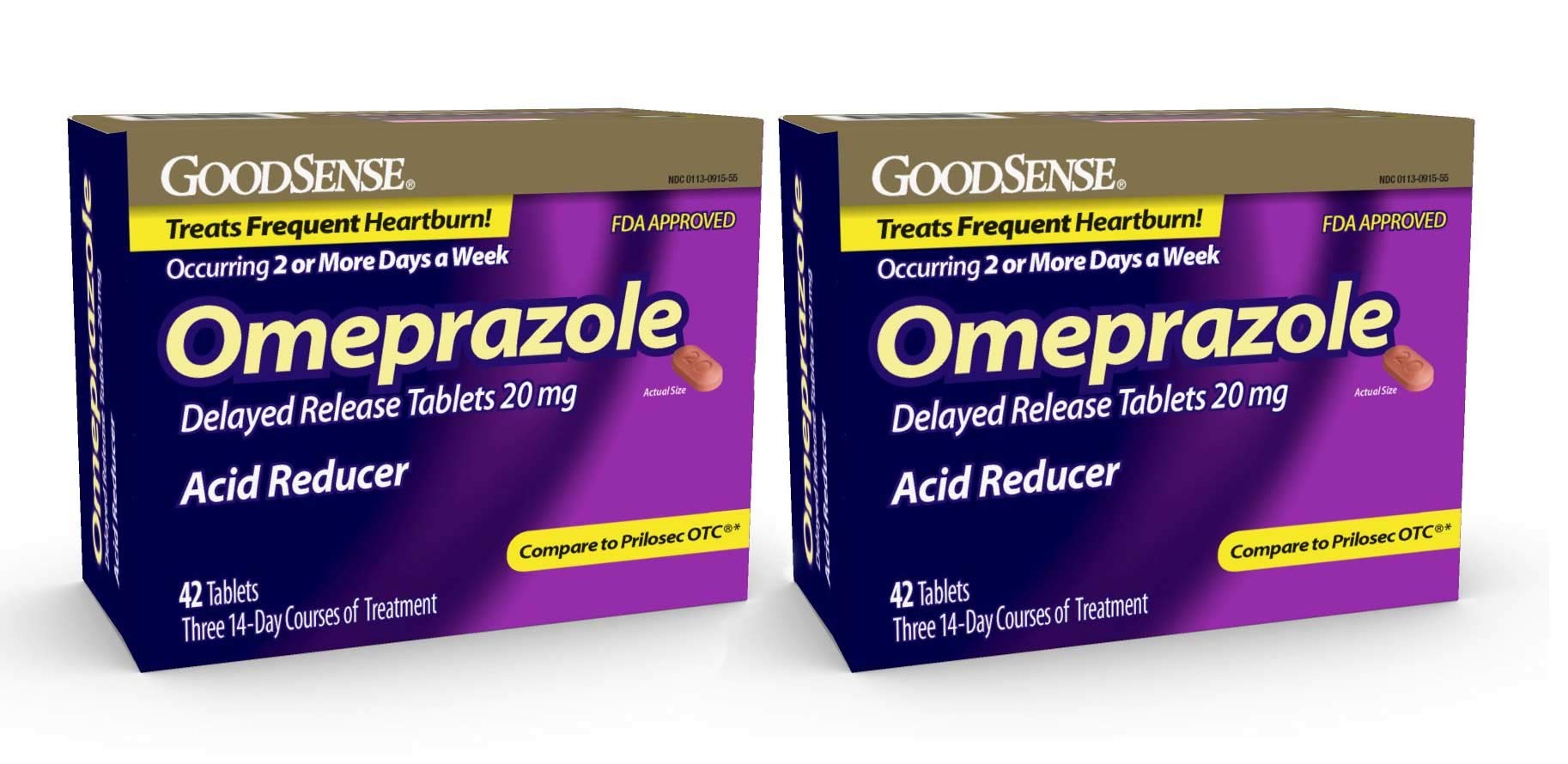 Therefore, you’re less likely to later develop shingles.
Therefore, you’re less likely to later develop shingles.
Most people who get shingles are over 50 years of age or have a weak immune system. For example, you might get shingles if you:
- Have cancer
- Take medicines that weaken your immune system
- Have HIV or AIDS
Can I give shingles to others?
No one can catch shingles from you. But the virus can be spread to a person who has never had chickenpox. The virus lives in the blisters that shingles causes. It can be spread until the blisters are completely healed. If you have blisters that have not crusted over yet, you should stay away from:
- Anyone who has never had chickenpox
- Babies under 12 months old
- Pregnant women
- Very sick people (such as those with cancer or AIDS)
Tell your doctor if you live with children who have not had chickenpox. They may need to be vaccinated.
How is shingles diagnosed?
Your doctor will ask you about your medical history, including if you’ve ever had chickenpox.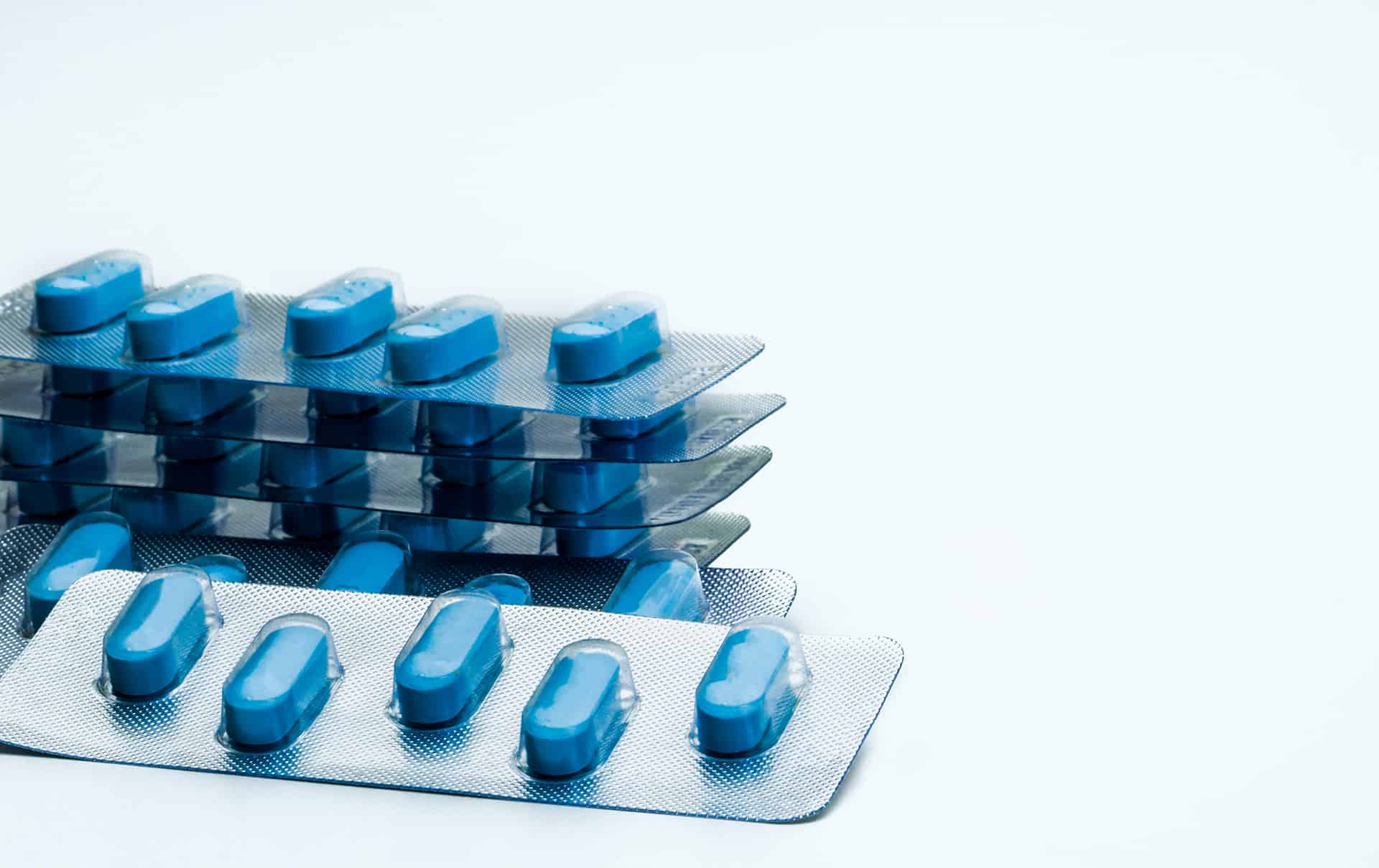 He or she will also ask about your symptoms. They will do a physical exam and inspect your rash. There is a test that can confirm shingles, but it is not normally needed.
He or she will also ask about your symptoms. They will do a physical exam and inspect your rash. There is a test that can confirm shingles, but it is not normally needed.
Can shingles be prevented or avoided?
The best way to prevent shingles is through vaccination. Vaccinate your children for chickenpox. This vaccine reduces their risk for getting chickenpox. You can’t get shingles unless you’ve had chickenpox first.
When you are older, get the shingles vaccine. It is recommended for adults 50 years of age and older. It can prevent shingles. People who have had shingles should get the vaccine to help stop the disease from reoccurring. Common side effects of the vaccine are headache, plus redness, swelling, itching, and soreness at the injection site.
The shingles vaccine is not recommended for anyone who:
- Has had an allergic reaction to gelatin or the antibiotic neomycin
- Has an allergy to any component of the shingles vaccine
- Has a weakened immune system due to conditions such as leukemia, HIV, or AIDS
- Is receiving treatment for cancer
- Is being treated with drugs that suppress their immune system, including high-dose steroids
- Is pregnant or might become pregnant within 4 weeks of getting the vaccine
Shingles treatment
Shingles is often treated with an antiviral medicine. These medicines can reduce the severity and duration of your symptoms. Acyclovir, famciclovir, or valacyclovir are commonly prescribed. Your doctor will decide whether one of these medicines is right for you. These medicines work better if you start taking them in the first 3 days after you get the rash.
These medicines can reduce the severity and duration of your symptoms. Acyclovir, famciclovir, or valacyclovir are commonly prescribed. Your doctor will decide whether one of these medicines is right for you. These medicines work better if you start taking them in the first 3 days after you get the rash.
Your doctor might also have you take a steroid medicine to reduce your pain and swelling. This medicine along with the antiviral medicines may reduce your risk of developing postherpetic neuralgia.
What can I do for the pain?
To help with the pain of shingles, your doctor might have you take an over-the-counter pain medicine. This could include acetaminophen (one brand: Tylenol) or ibuprofen (two brands: Motrin, Advil).
Applying a medicated anti-itch lotion (two brands: Benadryl, Caladryl) to the blisters might reduce the pain and itching. Placing cool compresses soaked in water mixed with white vinegar on the blisters and sores might also help.
If shingles causes severe pain, your doctor might prescribe a stronger pain medicine.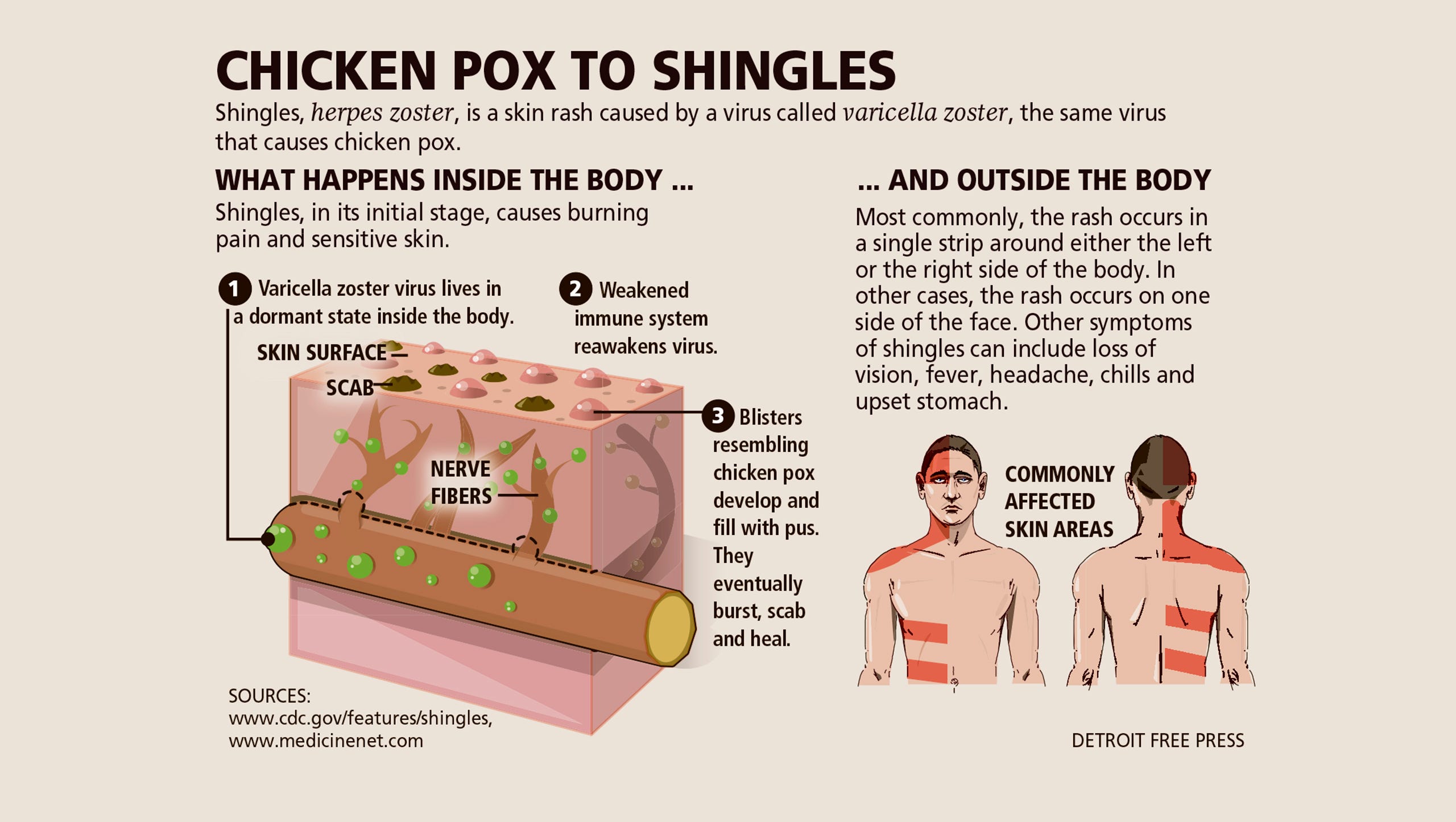
Living with shingles
Most people will only get shingles once in their life. The pain and the rash resolve in 3 to 5 weeks, and the blisters don’t leave scars. There are a few complications that can occur.
The most common complication of shingles is post-herpetic neuralgia (PHN). This is when the pain of shingles lasts for a long time after the rash is gone. About 10% of people who have shingles will develop PHN. It is caused by damaged nerve fibers that send exaggerated pain messages from your skin to your brain. The older you are, the more likely you are to develop PHN. It is also likely to be more severe when you are older.
Shingles can also lead to an eye condition called herpes zoster ophthalmicus (HZO). HZO can cause a rash with small blisters to break out on the forehead and around the eye. Usually this happens only on one side of your face. Sometimes you will have pain in the same area of your face a few days before the outbreak. Infection of the eye causes extreme pain, swelling of the eyelid, light sensitivity and redness. In severe cases, the cornea can be damaged. This can affect your vision.
In severe cases, the cornea can be damaged. This can affect your vision.
People who have HZO should see an eye doctor right away.
Questions to ask your doctor
- I’ve had chickenpox. Am I at risk of developing shingles?
- What is the best treatment for my shingles?
- The pain from shingles isn’t going away. What can I do to make myself more comfortable?
- I’m on treatment for shingles. When should I call my doctor if things don’t get better?
- I have shingles and my children haven’t had the chickenpox vaccine. Should I get them vaccinated?
- Is the shingles vaccine right for me?
- Are there any risks associated with the shingles vaccine?
- Will my post-herpetic neuralgia ever go away?
- If I’ve never had the chickenpox, should I still get the shingles vaccination?
Resources
Centers for Disease Control and Prevention: About Shingles
National Institutes of Health, MedlinePlus: Shingles
list of top 5 inexpensive and effective ointments and tablets according to KP with reviews and prices
Chicken pox leads to lifelong infection with the human herpes virus type 3, which can at any time become active and lead to the development of shingles 1 . The trigger mechanism is often exacerbations of chronic diseases, taking immunosuppressive drugs, intoxication, infections or reduced immunity 2 . People of any age can get shingles, but it is most common in people over 50 years of age.
The trigger mechanism is often exacerbations of chronic diseases, taking immunosuppressive drugs, intoxication, infections or reduced immunity 2 . People of any age can get shingles, but it is most common in people over 50 years of age.
What is shingles
Basically, shingles is the awakening of a dormant viral infection in the body. Outside of an exacerbation, the virus “lurks” in the posterior roots of the spinal nerves 2 . That is why, during an exacerbation, a bubble “girdle” rash appears along the sensory nerves, accompanied by fever.
Shingles symptoms
The main symptoms of shingles include:
- general malaise;
- fever;
- slight itching;
- tingling sensation;
- sharply expressed burning pains in the place of future rashes;
- chickenpox-like rash.
The most common complications of herpes zoster are neuralgic disorders: pain, itching, burning and tingling, which persist for a long time after the onset of the rash 3 . The pains are paroxysmal in nature, aggravated at night.
The pains are paroxysmal in nature, aggravated at night.
No special treatment is required for herpes zoster. In most cases, therapy is to reduce pain, prevent complications and speed up recovery 3 . Herpes zoster drugs are usually given to elderly and debilitated patients.
List of top 5 inexpensive drugs for the treatment of herpes zoster in adults according to KP
The most commonly used drugs for the treatment of herpes zoster in adults are from the following pharmacological groups:
- antivirals;
- systemic interferons;
- topical antiseptics;
- non-steroidal anti-inflammatory drugs;
- preparations with central analgesic action.
The therapeutic effect of these drugs is different. Antiviral agents help the body fight the virus, interferons strengthen the immune system, antiseptics prevent infections from developing at the site of the rash, non-steroidal anti-inflammatory drugs reduce pain.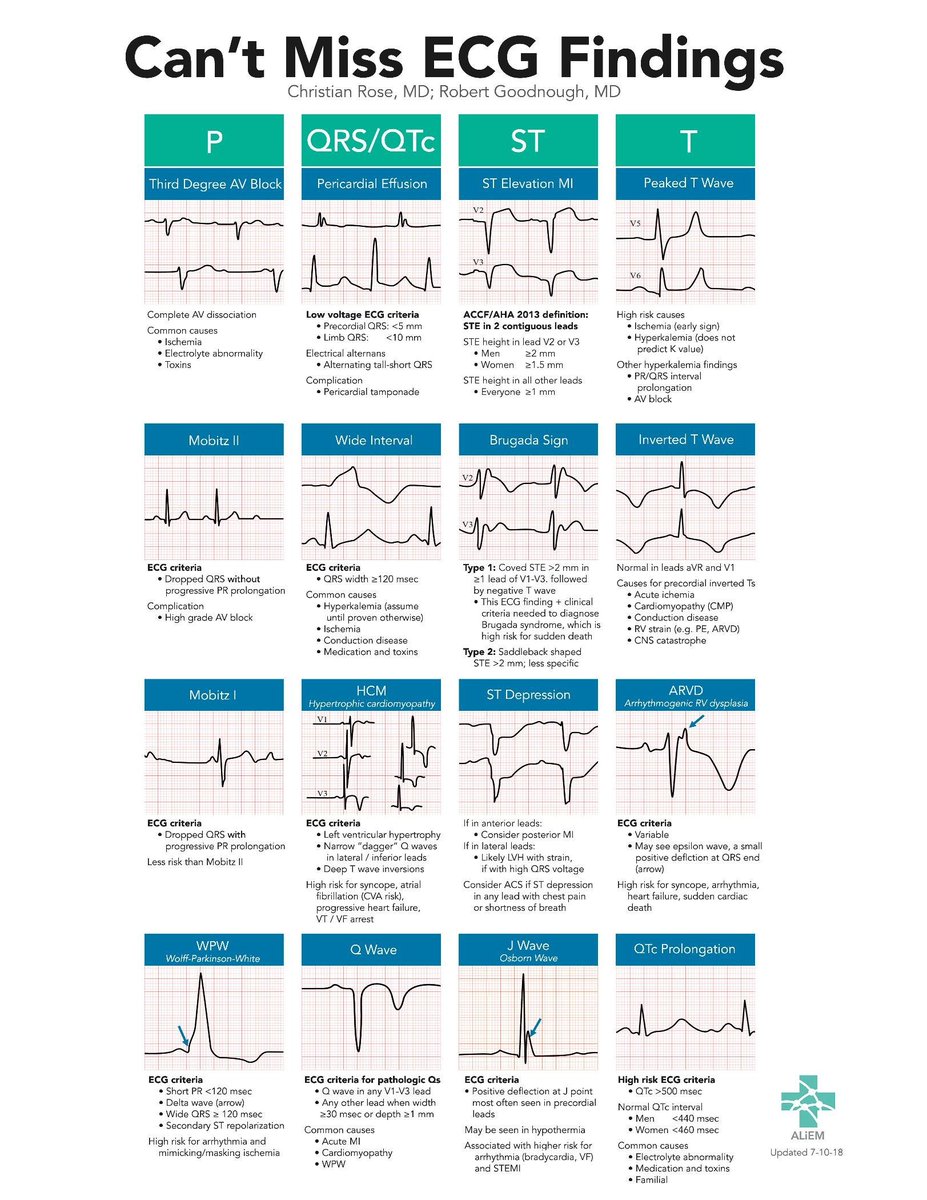
Important! All drugs have side effects and contraindications. Our material is an overview and does not serve as a guide to action. Before buying drugs, consult your doctor.
Antivirals
Antivirals are included in clinical guidelines for the diagnosis and treatment of herpes zoster 4 . As the name implies, these drugs suppress the activity of the causative agent of the disease – the herpes virus. They block the synthesis of viral DNA and lead to cell death. As a result, the number of viral particles in the body is reduced, which promotes recovery and reduces the risk of complications.
Antiviral drugs for shingles help to reduce the number of rashes, reduce pain in the acute phase of the disease, accelerate the formation of “crusts” and the healing process 5 .
Clinical guidelines list three antiviral drugs, acyclovir, famciclovir and varaciclovir.
Contraindications for use depend on the specific drug, but are usually children and breastfeeding. There are groups of patients who should be careful when taking antiviral agents. Such patients include, for example, pregnant women, the elderly and those with impaired renal function.
There are groups of patients who should be careful when taking antiviral agents. Such patients include, for example, pregnant women, the elderly and those with impaired renal function.
Systemic Interferons
Interferons are protein molecules that are involved in our immune system. Interferons have immunomodulatory activity and help the body fight viral infection and its consequences.
For the treatment of herpes zoster in adults, interferon gamma is administered by subcutaneous injection 4 . In addition, interferon preparations are used in the complex therapy of genital herpes virus infection, hepatitis C, anogenital warts, HIV and AIDS 6 .
Possible contraindications for for use: autoimmune diseases, diabetes mellitus, individual intolerance, pregnancy.
Antiseptics for external use
This is the well-known “brilliant green”, as well as fucorcin, chlorhexidine and methylene blue solution. Antiseptic agents are applied directly to the rash area with a cotton swab. These medications help dry out the blisters of the rash and prevent fungi and bacteria from infecting damaged skin.
Antiseptic agents are applied directly to the rash area with a cotton swab. These medications help dry out the blisters of the rash and prevent fungi and bacteria from infecting damaged skin.
For bullous eruptions, it is recommended to first open the blisters with sterile scissors, and then treat with antiseptics 4 . When using antiseptic agents, a short-term burning sensation and pain at the site of application is possible.
Possible contraindications : pregnancy, lactation, individual intolerance to the components.
Non-steroidal anti-inflammatory drugs (NSAIDs)
Drugs from this group are prescribed to relieve pain, which often bothers patients with herpes zoster 4 . This condition has been termed “herpes-associated pain”. In some patients, pain does not last long (about 30 days), and in 10–20% of those who recover, postherpetic neuralgia develops, which can last for months and years 7 .
Treatment of acute pain begins with first-line drugs, which include paracetamol and NSAIDs 7 . It is these drugs that are indicated in the clinical guidelines, as they help reduce pain and inflammation, reduce fever.
NSAIDs have a lot of contraindications and side effects, the main of which are negative effects on the gastrointestinal tract and the cardiovascular system. Therefore, the choice of the drug for a particular patient is the task of the doctor.
Central analgesics
This group includes tricyclic antidepressants and anticonvulsants 4 . They are most often prescribed to patients with postherpetic neuralgia, which is accompanied by constant or intermittent pain – pressing, dull, stabbing or burning. This is the so-called neuropathic pain associated with damage to the peripheral nervous system 7 .
- Anticonvulsants or anticonvulsants (gabapentin and pregabalin) help reduce pain, are well tolerated, and have little to no interaction with other drugs 8 .

They have few contraindications for , usually children’s age and individual intolerance.
- Tricyclic antidepressants (eg, amitriptyline) increase the concentration of serotonin and norepinephrine in the body and thus help reduce the subjective perception of pain. In addition, they have an anti-anxiety effect, reduce the manifestations of depression 9 .
Among the contraindications to the use of tricyclic antidepressants are children’s age, pregnancy, lactation, angle-closure glaucoma and others.
How to choose drugs for the treatment of herpes zoster
The choice of drug for the treatment of herpes zoster is best left to the doctor who will prescribe the remedy, based on the severity of the disease and the severity of the symptoms.
– Herpes zoster is a rather formidable dermatological disease associated with the entry of the herpes virus into the human body.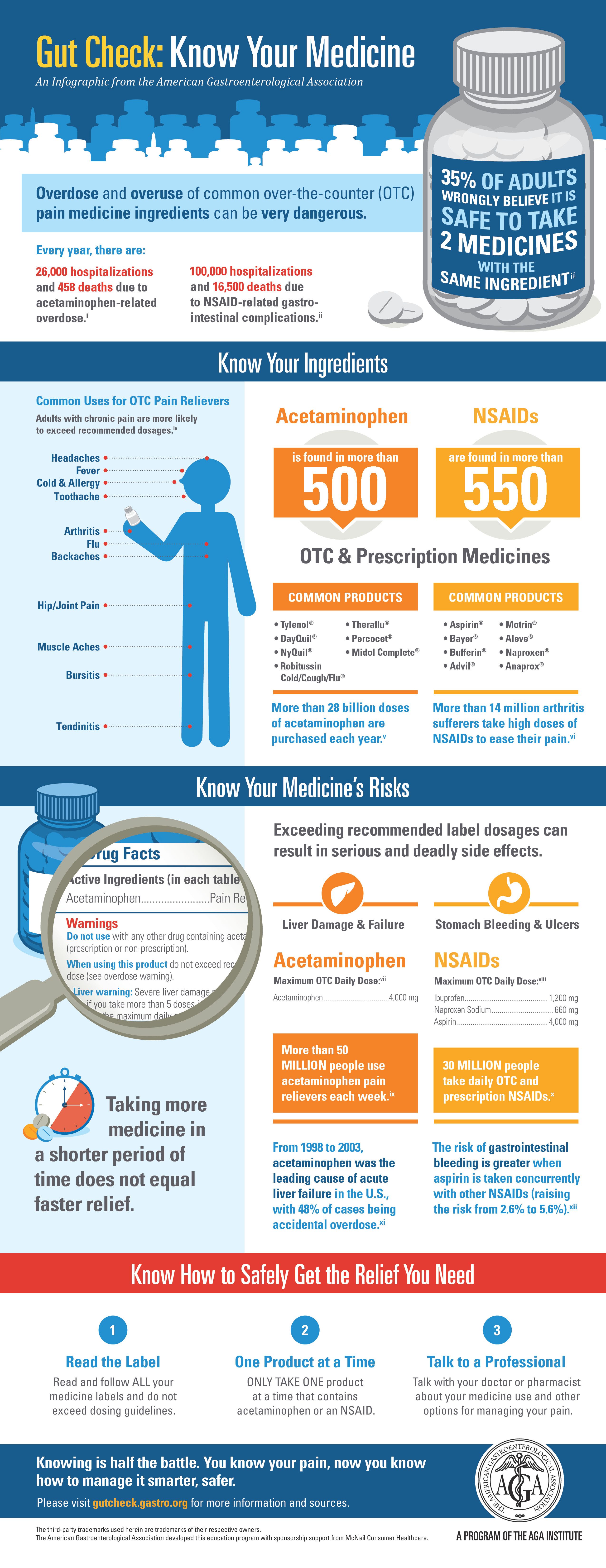 There are a large number of types of herpes, in this case the causative agent is type 3 herpes (herpes zoster). Only timely treatment is the key to a quick recovery and overall recovery of the human body. According to dermatological standards, anti-inflammatory, antiviral and pain medications are primarily used for the treatment of herpes zoster, notes PhD, doctor, cosmetologist-dermatologist, trichologist Tatyana Kostsova .
There are a large number of types of herpes, in this case the causative agent is type 3 herpes (herpes zoster). Only timely treatment is the key to a quick recovery and overall recovery of the human body. According to dermatological standards, anti-inflammatory, antiviral and pain medications are primarily used for the treatment of herpes zoster, notes PhD, doctor, cosmetologist-dermatologist, trichologist Tatyana Kostsova .
Reviews of doctors about drugs for the treatment of herpes zoster
Antiviral drugs with active ingredients acyclovir, valaciclovir and famciclovir are used to treat herpes zoster.
Popular questions and answers
The most popular questions about herpes zoster and its treatment are answered by Tatyana Kostsova, Ph.D., cosmetologist-dermatologist, trichologist.
Why is shingles dangerous?
– Herpes zoster (shingles) is dangerous because in addition to itchy and unpleasant rashes on the skin, it provokes very strong painful sensations. The danger lies in the fact that, acting on the intercostal nerves, herpes zoster retains this pain for long days, weeks and even months. At the same time, patients can be prescribed not only conventional painkillers, but even narcotic drugs.
The danger lies in the fact that, acting on the intercostal nerves, herpes zoster retains this pain for long days, weeks and even months. At the same time, patients can be prescribed not only conventional painkillers, but even narcotic drugs.
How long does shingles last?
– On average, the disease on the skin disappears within 5-15 days, but if it is skin rashes without neurological symptoms. Then we can assume that the patient got off easy enough. If, after the passage of rashes on the skin, a pronounced pain syndrome persists, this requires a wider and more aggressive treatment.
Is it possible to smear herpes zoster with brilliant green?
– Yes, of course, shingles can be treated with aniline dyes. It dries well and provides an antiseptic effect. However, this often results in clothing being dyed, which is why many refuse to use aniline dyes or brilliant green.
When can I swim if I have shingles?
– Swimming or taking water procedures for shingles is possible only when all blisters on the skin have completely disappeared.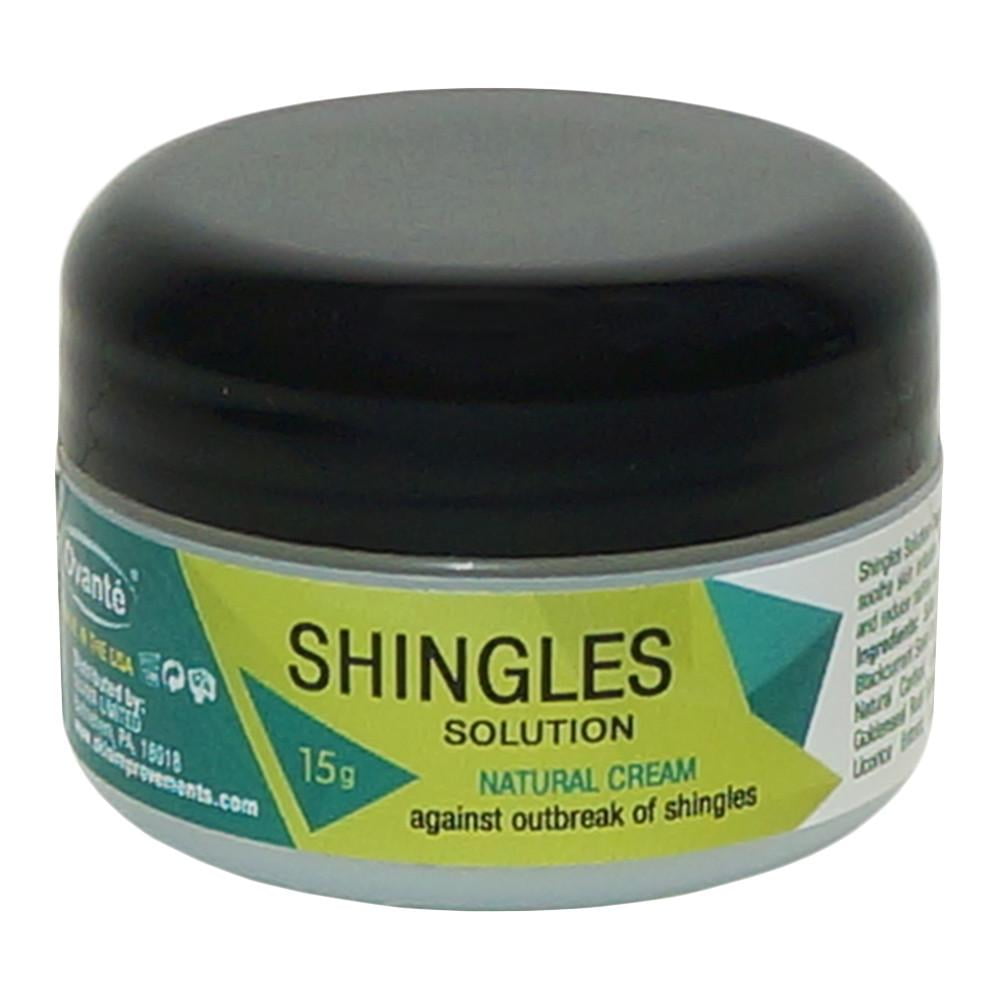 The fact is that with water, this disease quickly spreads over the skin and causes a lot of trouble to the patient. Therefore, after the bubble rashes have subsided, the doctor allows you to take a quick shower without a washcloth and an aggressive effect on the rash zone.
The fact is that with water, this disease quickly spreads over the skin and causes a lot of trouble to the patient. Therefore, after the bubble rashes have subsided, the doctor allows you to take a quick shower without a washcloth and an aggressive effect on the rash zone.
Can you get shingles from another person?
– It is almost impossible to catch shingles from another person. But if your immune system is significantly weakened, then cross-infection is possible, and blisters may appear in the form of herpes simplex. But it is necessary to isolate young children from a patient with shingles. Because the causative agent of this disease is a filterable virus that belongs to the varicella-zoster virus group. And small children, when in contact with an infected person, can get chickenpox.
Sources:
- Guzovskaya T.S. and other Epidemiological and clinical characteristics of herpes zoster // Problems of health and ecology.
 – 2008. – no. 3 (17). – S. 133-137. https://cyberleninka.ru/article/n/epidemiologicheskaya-i-klinicheskaya-harakteristika-opoyasyvayuschego-lishaya/
– 2008. – no. 3 (17). – S. 133-137. https://cyberleninka.ru/article/n/epidemiologicheskaya-i-klinicheskaya-harakteristika-opoyasyvayuschego-lishaya/ - Shakov I.M. Herpes zoster // Attending physician. – 2011. – no. 10. – S. 14-14. https://www.elibrary.ru/download/elibrary_21801199_70435464.pdf
- Lavrov V.F. and others. Chicken pox and shingles: features of morbidity and clinical manifestations // Epidemiology and infectious diseases. Topical issues. – 2011. – no. 3. – S. 54-54. https://www.elibrary.ru/download/elibrary_17098182_11129891.pdf
- Herpes zoster. Clinical guidelines. https://diseases.medelement.com/disease/%D0%BE%D0%BF%D0%BE%D1%8F%D1%81%D1%8B%D0%B2%D0%B0%D1%8E%D1 %89%D0%B8%D0%B9-%D0%B3%D0%B5%D1%80%D0%BF%D0%B5%D1%81-%D1%80%D0%B5%D0%BA%D0 %BE%D0%BC%D0%B5%D0%BD%D0%B4%D0%B0%D1%86%D0%B8%D0%B8-%D1%80%D1%84/15241
- Acyclovir. Description of the active ingredient.
- Interferon gamma. Description of the active ingredient.
- Journal “Attending Doctor” for 2011.


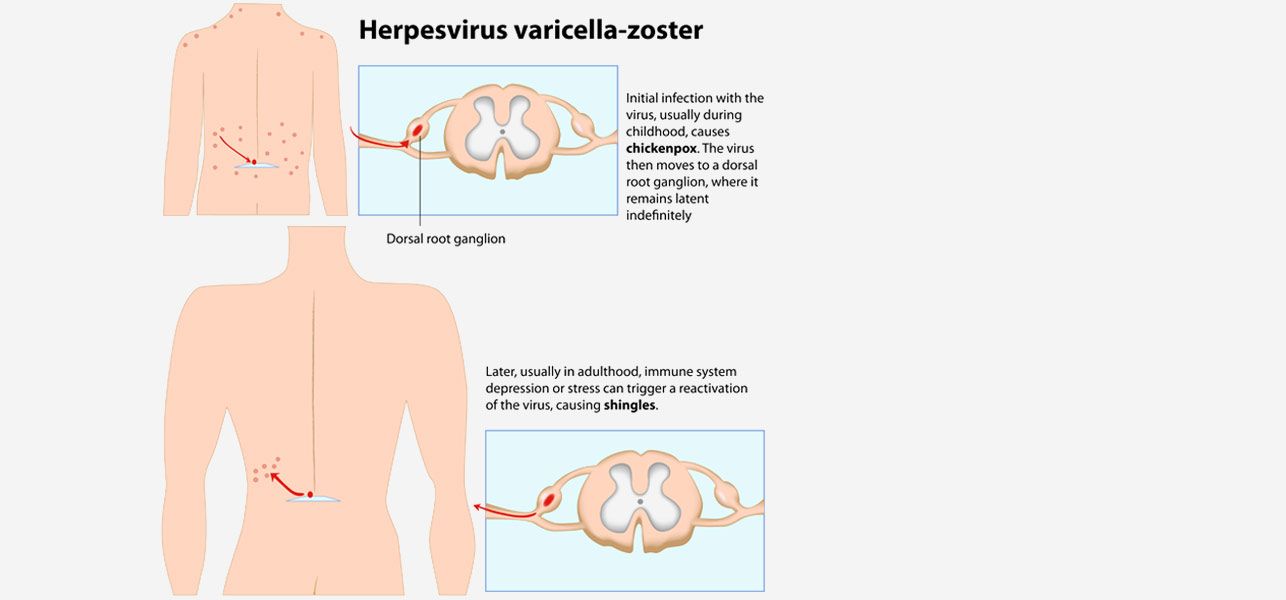 This medication is taken orally, typically every four to six hours, with a full glass of water. It can be taken with food if an upset stomach occurs. It may take up to two weeks to receive the full benefit of ibuprofen. If pain worsens or does not improve, a health care professional should be consulted.
This medication is taken orally, typically every four to six hours, with a full glass of water. It can be taken with food if an upset stomach occurs. It may take up to two weeks to receive the full benefit of ibuprofen. If pain worsens or does not improve, a health care professional should be consulted.
 – 2008. – no. 3 (17). – S. 133-137. https://cyberleninka.ru/article/n/epidemiologicheskaya-i-klinicheskaya-harakteristika-opoyasyvayuschego-lishaya/
– 2008. – no. 3 (17). – S. 133-137. https://cyberleninka.ru/article/n/epidemiologicheskaya-i-klinicheskaya-harakteristika-opoyasyvayuschego-lishaya/